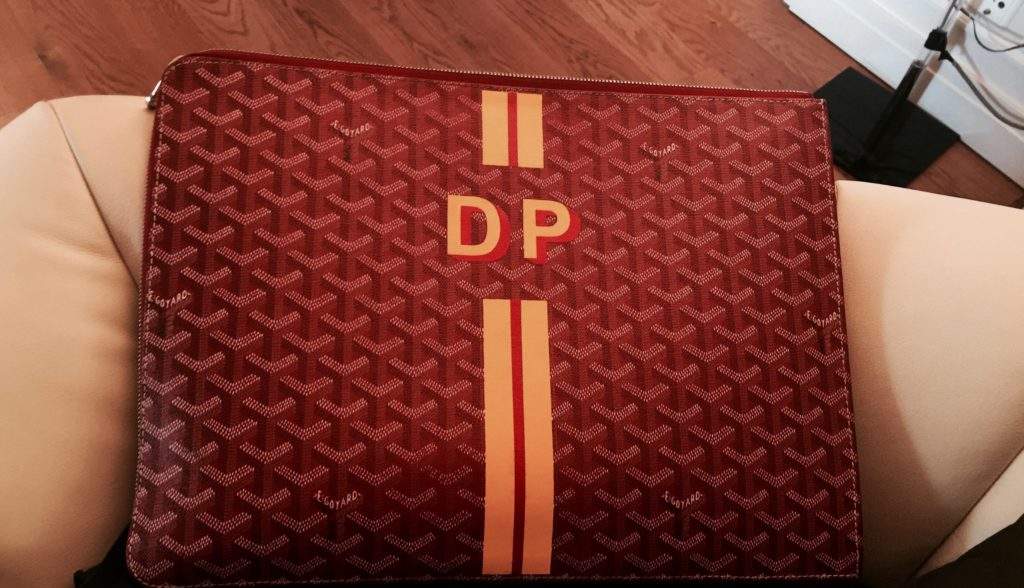Interview Davide Parmegiani: The super dealer of vintage watches
Fine WatchesInterviews
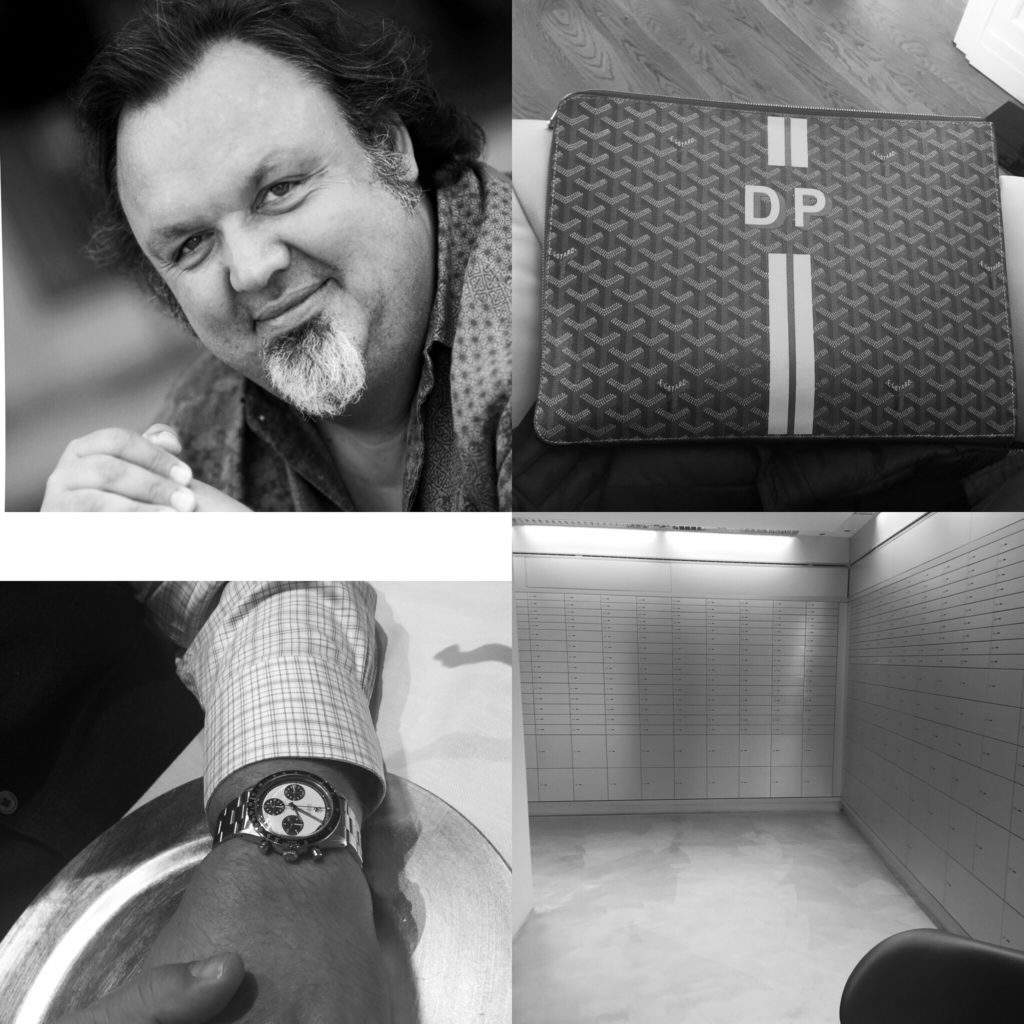
There are watch dealers. And then there is Davide Parmegiani.
I don’t like using big words like super dealer. Often they are an exaggeration. But not in this case. How else do you describe a man who at one point sold all four Patek 1518 in steel? Sold three Rolex 6062 (gold) black dial with diamonds (including the Bao Dai and the Mondani one). Every single 2499 series in every single metal (including platinum) have also passed through his hands. And the elusive Patek 2523 Cloisonne Enamel dials with different world maps? Yes pretty much all of them have been handled by him at some point (he helped place nine pieces of 2523 in one important Italian collection alone).
You could say that Davide was at the right place at the right time. And we might add – doing the right thing.
It might not be an exaggeration to say that he helped build some of the most important collections in the world. Among them also the John Goldberger one. Goldberger remains a close friend of Davide to this day. For some time I heard his stock and inventory is among the best worldwide. I can now confirm that rumour to be true.
Davide has suitcases of superb stuff.
From NOS Longines 13ZN to Rolex sports models, pocketwatches with Enamel dials, Rolex chronographs with multi scale dials, Universals, split second Pateks etc. What is nice is that he is not only interested in the commercial Paul Newman stuff. On the contrary – looking at his stock you can tell he has bought watches that are important in watch history – even if they are not in demand right now. In that respect he does not buy watches for a collector in mind but rather he buys watches that are rare, in good condition and important even if there is no buyer right now. Like he told me – if the watch is superb and interesting – eventually it will always find a buyer down the road.
Having started in 1985, and really getting going in the end 1980s, Davide has been around a long time and seen a lot. It is no surprise that I was curious to get his insight and state of the market and find out his personal story. I am sure that collectors, dealers and auction houses around the world are as curious as I was. It is an absolute pleasure to share this interview with you.
(To understand just the type of quality and watches Davide deals with see the pictures at the end of the report).
When did watches become part of your life?
DP: I was eight years old. My father worked in antique jewellery. One day he showed me a yellow gold Rolex bubbleback and I knew I was hooked. I started collecting things very early on. I had a Seiko, Citizen, Casio collection but also a dinky toy collection (I had over 200 of them). I liked collecting things at an early age already.
When did you start becoming a dealer?
DP: I understood very early on that I could transform my passion of watches into a business. After I finished the army, my father asked me to enter his antiques shop which I respectfully declined. My passion was with watches and not with jewelry! So in 1985 I made myself independent, against my family’s wishes. I had just turned 19. At this point I suppose I was already a dealer. I learned the art how to buy and sell. I spent my time at flea markets and doing deals.
In 1987 I made my first trip to the US and met Joe Demesy and Bob Wingate who were at that time the largest vintage watch dealers in the world. They gave me a large credit and I took suitcases of watches back with me to Europe and started placing them in important private collections. In the end of the 1980s vintage watches still had conservative values worldwide. This was a huge opportunity for me.
For example a Patek 1518 perpetual calendar chronograph was selling for $40-50’ooo in 1987. A Rolex Daytona and Paul Newman were trading for $3-4’000. You could say I was at the right place at the right time (laughs).
Are you also a collector or purely dealer?
DP: I am a dealer although I love watches more than anything but I learnt from the beginning to buy and sell watches without needing to hold on to them. I do collect classic cars and would not sell any of them but for me watches are a business. A profitable business with which to finance my other passions (classic cars, art and food).
Who helped you get your first big deal or break?
DP: I am grateful to many people that I met in those old days that trusted me and helped me a lot like Demesy and Wingate but also Osvaldo Patrizzi and Daryn Schnipper from Sotheby’s who true pioneers of that era, I think they really sort of created the collectible vintage watch market all together.
How has the vintage watch market changed from when you first started?
The market has changed dramatically.
You have to remember when I started there was no Internet. No mobile phones. If you wanted to see a watch you either drove for hours or you took a plan to view it. Today the Internet, mobile phones and social media have changed everything. With Instagram if I see a watch in Australia, I can have it in three days with Fedex. The business is much faster today.
The business has changed in other ways too. When I started, it was the beginning of sharing knowledge. The market did not differentiate that much between models. For example a 1518 in all metals were more or less the same price. I bought my first 1518. Today the learning curve is massive with the Internet and all the blogs and books available. The market is appreciating every single detail today. That was not the case before.
I assume when you started it was difficult to find information and research about watches?
DP: Actually everything was much easier back then. It was a wide open market and pretty much everything was available back in the end 1980s beginning early 1990’s. The market did not differentiate so much between models back then. Forget all the Mark 1 or Mark 2 Rolex watches or Patek complications like 2499 – they had no big differences in values due to series, today the learning curve is much steeper and the knowledge much broader.
In a way it was easier back then as the availability of pieces was much wider than compared to today so that you could actually your experience on the field day by day looking at pieces in real and not only on pictures like today. For example I remember going to Portobello market in the 80’s and having maybe 20/30 Milsub (5513/5517 Rolex Military submariner) to choose from at £500 a piece. At that time Hamiltons and CVC British military chronos did not cost much less.
Italy was one of the first countries to have an expert community dedicated to vintage watches. Why Italy?
DP: There are several reasons. Firstly Italy has always had a long history of beautiful things. Already before the war Italy had important retailers like Hausmann, Truchi, Verga, Gobbi that Patek and other fine Swiss watchmakers could send their watches too. Italy was for sure under the Swiss watchmaking influence. Italy always had a huge market for luxury. The Italians also had an eye for detail. For example I am convinced that the term ‘Paul Newman’ came about in Italy at a flea market. One dealer spotted that Paul Newman was wearing this watch in a catalogue and from then the name changed from exotic dial to Paul Newman. The term was invented in Italy – I am 100% sure of that.
When I started in the 1980s – many Italian collectors and wealthy industrialists had made a plenty of money and were interested in building up good collections. They wanted rarity and the best watches and so the timing was perfect. I had the luck in the beginning to meet some of these industrialists and they trusted me to build their collections. All were Icons and pioneers of the vintage watch market at that time.
What do you look for when buying a watch? Aesthetics? Condition and quality? Rarity? Provenance?
DP: I first look for quality. That is the most important. I also love rarity – I admit I like to buy rare watches.
What mistakes do you see collector often making?
DP: The most common mistake I see collectors making is that they buy what they think the market likes and not what they themselves love. This is large mistake that comes back to often haunt collectors. Buy what you love is what I always advise collectors. If you buy out of passion and what you love you will always do well.
Don’t buy for monetary value. Today I see a watch market that is 60% based on speculators and only 40% real collectors. I think the fact that you cannot do so much with your money has led many players to park their money in vintage watches.
Today the market is dominated by Rolex and Patek. Was that always the case when you started?
DP: No not at all. When I started in the business -the complicated watches to have were from Audemars, Vacheron and of course also Patek. Today it is only the connoisseurs that will appreciate these watches and they are starting to make a comeback. But the market is clearly dominated by Rolex and Patek today and this was not the case when I started in the 1980s.
What was the most interesting or fascinating vintage watch purchase you ever made?
DP: I have two stories I would like to share.
First in 1992/1993 when I was living in Milano, a guy I knew inherited a split seconds 1436 Patek *from his father. It was in steel. He was raising money because he wanted to buy a race- horse and told me he would sell it for the right price. While I had known gold 1436 split seconds existed and I had seen them before – I had never seen or heard of a 1436 in steel. I knew this must be something special and VERY rare.
I gathered all the cash I had in the store at that moment and I drove down to Turin. It was around $60’000. I negotiated the deal that same night and drove home with the watch. I then put the watch at auction and it was the first time a split seconds was sold for $500’000 and at the time an absolute world record. It was a awesome watch from the original owners family that deservedly achieved an incredible price.
My second story is also interesting. Two years ago I was informed about a rare watch in Spain and me and my partner Caso watches went down to look at it. It was a day – date in STEEL. With a black dial. There are only 5 known in the world. I can proudly say that my good friend John Goldberger now owns it in his collection.
How do you see the vintage watch market now? Have prices gotten too high?
DP: I don’t think the market is overheated or that we are in a bubble. Many new collectors are coming on board and absorbing all the supply that is out there. I still think the vintage watch market has a lot to give to the new or aspiring collector. New brands, new models and new details are always being discovered which allows also other brands to flourish.
Have the buyers changed since you started 30 years ago?
DP: For sure the buyers have changed. Today the vintage watch market is truly global. I would say today that the future is in Asia and HK. There is tremendous interest from Asian collectors who are learning incredibly fast. This is also where a lot of money is coming from. The American market has come back and today is stronger than ever and this market is well supplied by a new breed of dealers like Shear, Ku, Bain and Gruenberg only to mention a few. They have incredible passion are very active on the web and their knowledge is strong.
Am I right in assuming that quality is becoming increasingly hard to find right now?
DP: Absolutely. Collectors are holding on to their collections and so top quality is a challenge to find right now. The market is wider and competition more intense. As a watch dealer you have to be available 17hrs a day and be prepared to travel far distances. I am getting older too which does not make things easier. The big advantage I have is that I can often buy back the top quality I have sold in the past.
What do you think it takes to be a great dealer?
DP: The answer is straightforward. Passion. You have to love what you do.
Who in your eyes is the world’s best collector?
DP: In my opinion the best collector has been Phillipe Stern of Patek. He had a vision and forsight that is and was incredible. Just look at the Patek Museum as an example.
Is there one watch that you always wanted to buy but have not yet?
DP: Yes, one of the watches was the white gold Daytona**. This watch has escaped me so far. Also the 2571 perpetual split seconds Patek*** in pink gold.
If you could only own one watch and one car?
DP: I would choose the Patek 1527**** in Pink Gold. And the car would be a 250 Testarossa Ferari.
Now I ask Davide to choose one or the other:
- Maserati 5000GT or a Miura? Clearly Miura
- Royal Oak or Nautilus? I prefer the Royal Oak.
- Food in Milan or Roma? Milan (food is more international)
- Lunch with Enzo or Hans Wilsdorf? Enzo Ferrari (difficult choice)
- Donald Trump should buy a…..? Patek 5271P (with diamond baguettes)
Credit: *Monochrome watches **John Goldberger ***Watchprosite Puristpro Patek Forum. **** Crown & Caliber Blog
To get an idea of the kind of quality that Davide deals with lets take a look at some of his stock below.
We start off with a dream watch. A pink gold 1950’s Rolex 6062 star dial that will be on the cover of the next 100 Superlative watches from John Goldberger.
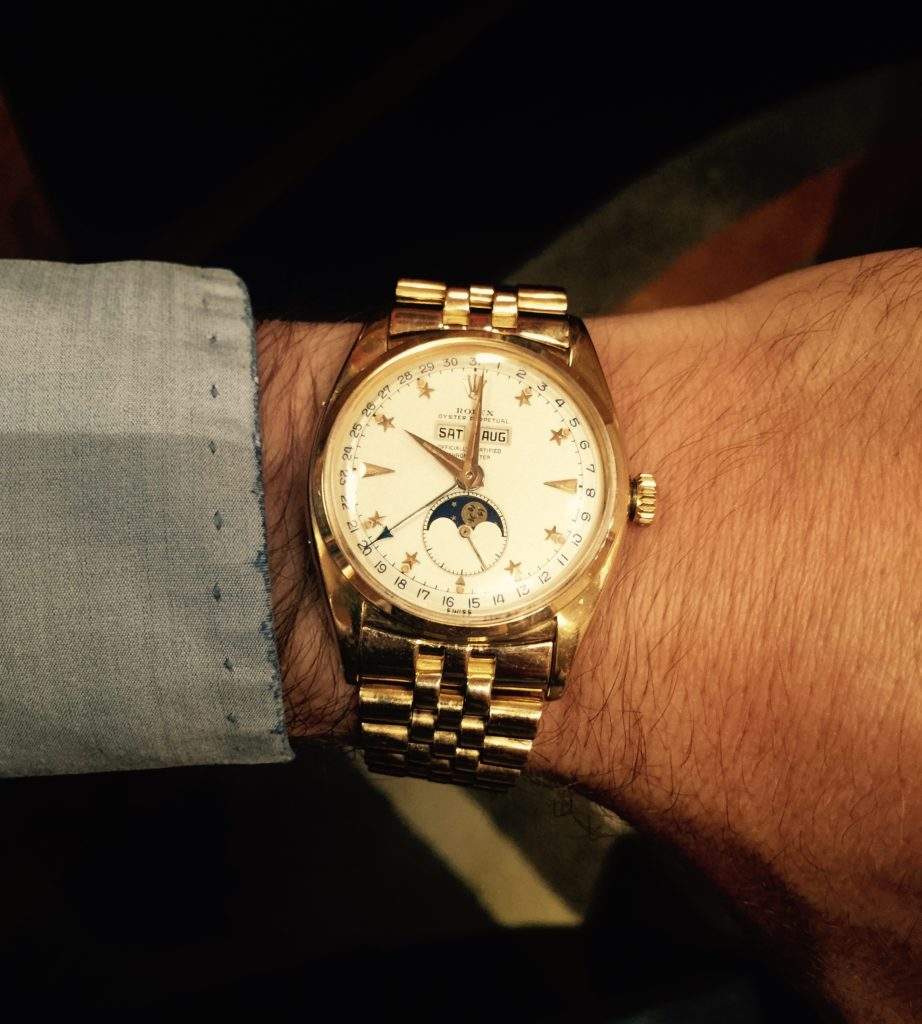
The next 6062 1950s Rolex 6062 is the explorer dial version that was sold at Phillips in May 2015 for for slightly over CHF 1m. The buyer was Davide.
At the time of purchase it set a world record for any reference 6062 Rolex but has since been eclipsed by the star dial or stelline sold by Phillips earlier in November last year.
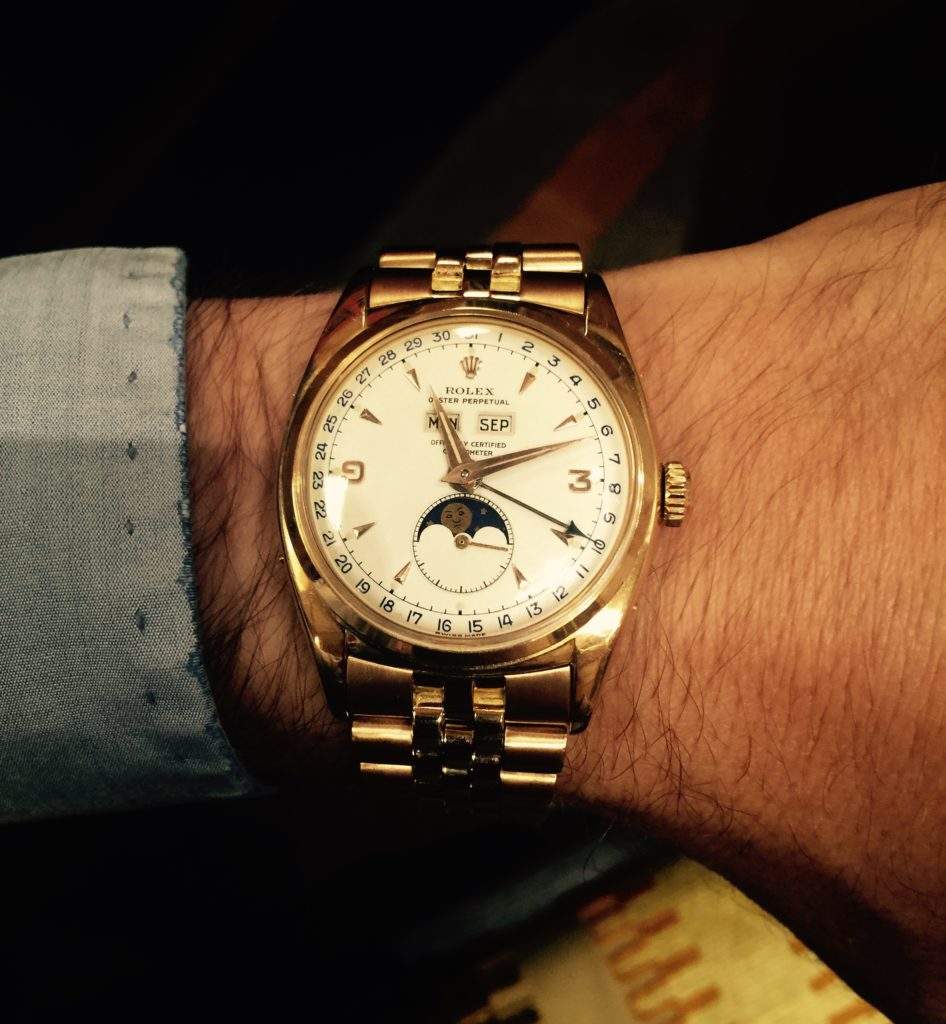
Let me show you the last 6062 Rolex – this time a pyramid dial with fantastic patina. A dream watch.
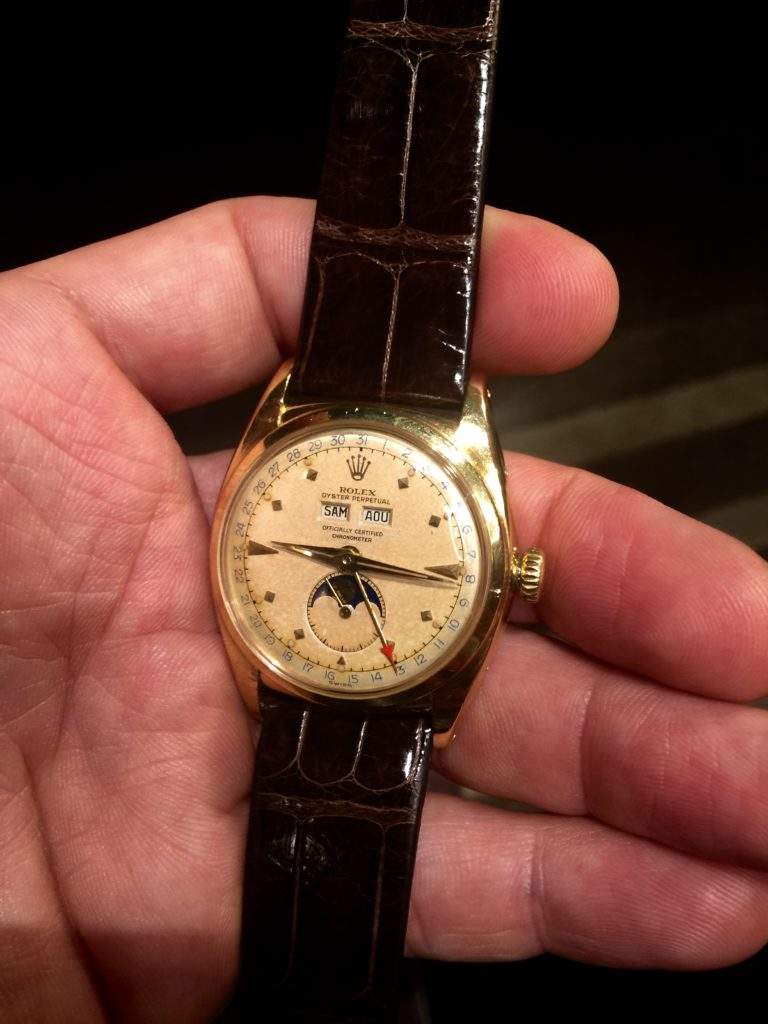
We continue with Pink Gold, a superb Patek 1518 in very strong condition. The case was very strong with most stampings still in – tact.
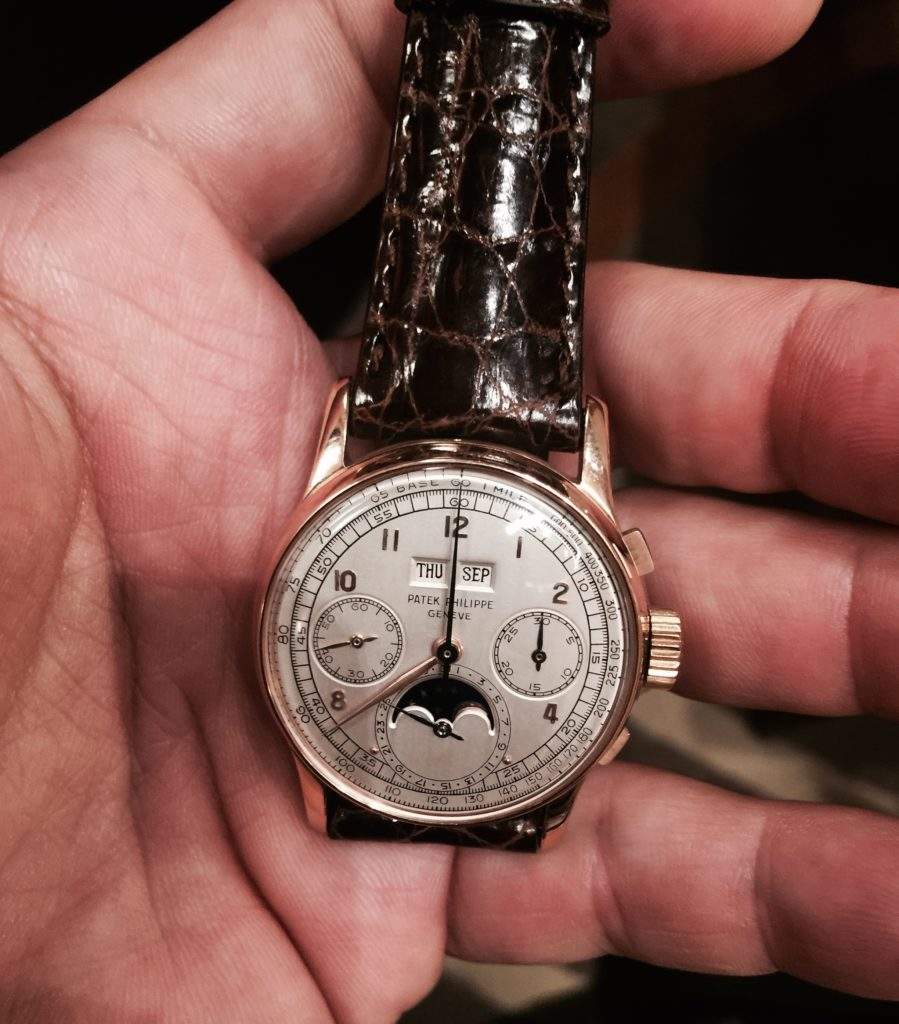
Staying with Patek I show you a 570. In platinum (which is very rare). Most were cased in yellow gold and pink gold with a few in steel.
What makes this watch especially sought after and very rare is the subsidiary seconds instead of large sweep seconds. Notice on the bottom right lug there is still the stamp hall marks visible.

Next I show you a very rare and unusual Cartier Bagnoire with very rare black dial. I am starting to like this quirky shapes of watches.
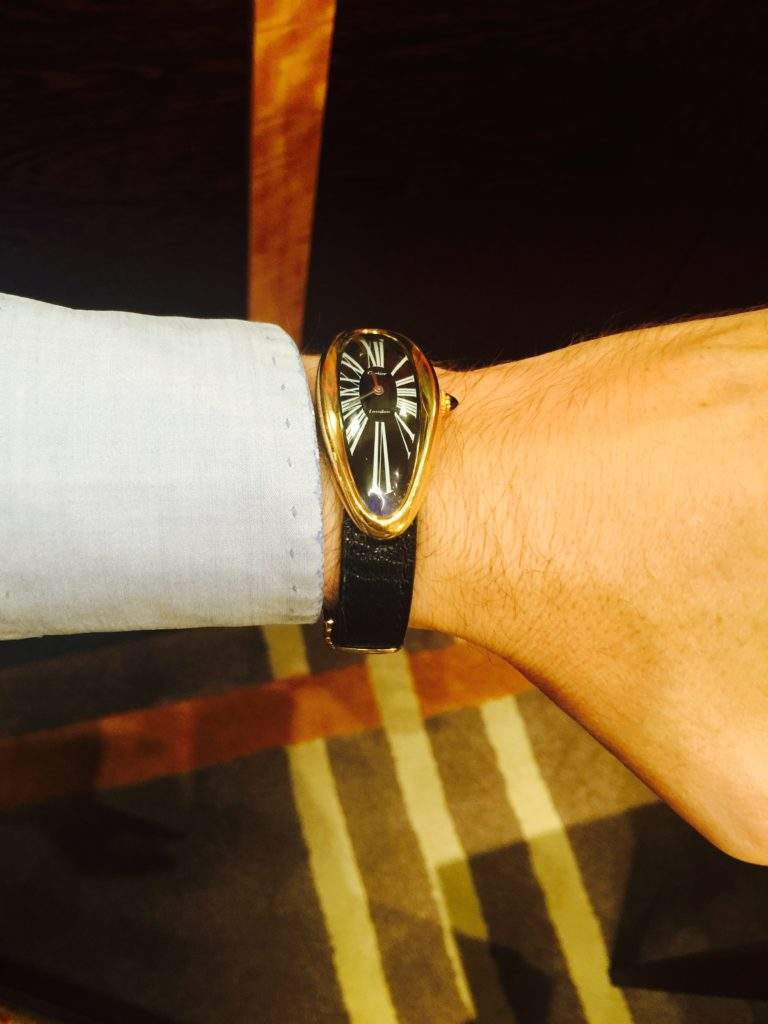
The next two watch particularly appeal to me in shape and style. They are both Gondolo’s from the 1920’s.
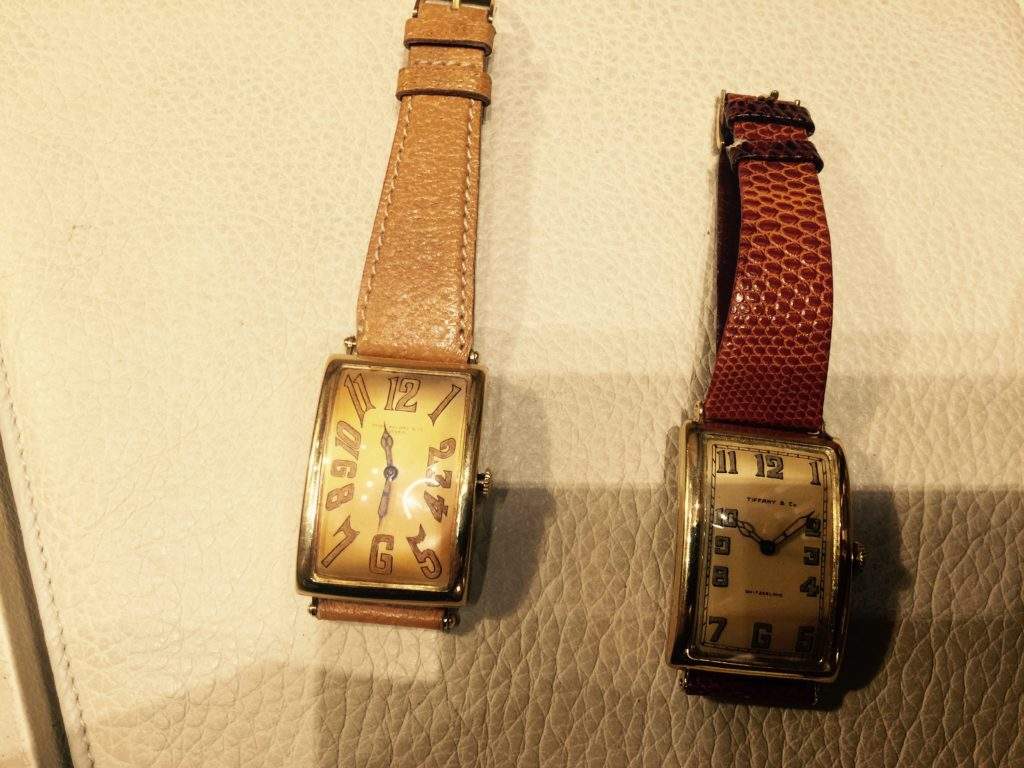
Let us take a look at the left one more closely. It is extremely large and has a dial that has turned orangy with time (from silver). Notice also the explosion numerals on the dial which are radium filled. This watch was formerly the collection of John Goldberger.

This watch was a dream. Allow me to show it one more time. Because of its extremely large case the watch is valuable and rare. Gondola’s that are only 1cm smaller or CHF 50-60’000 less. Size is everything sometimes.
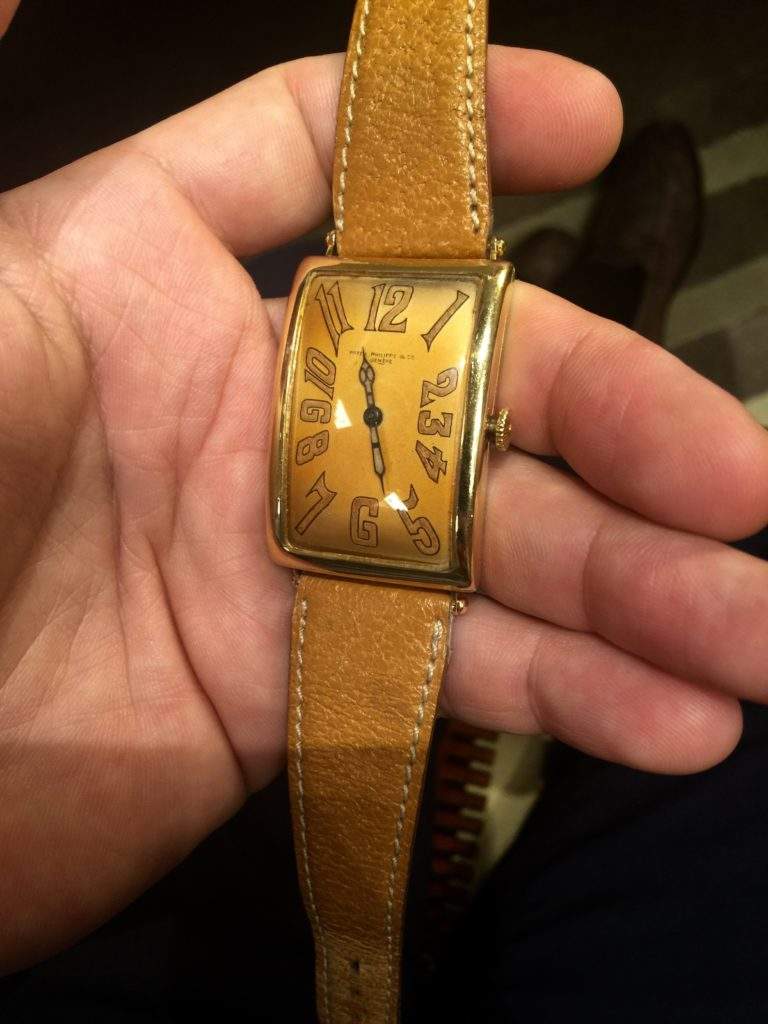
We move on something just as elegant and very rare. A triple calendar Breguet in steel. Very elegant and very rare.
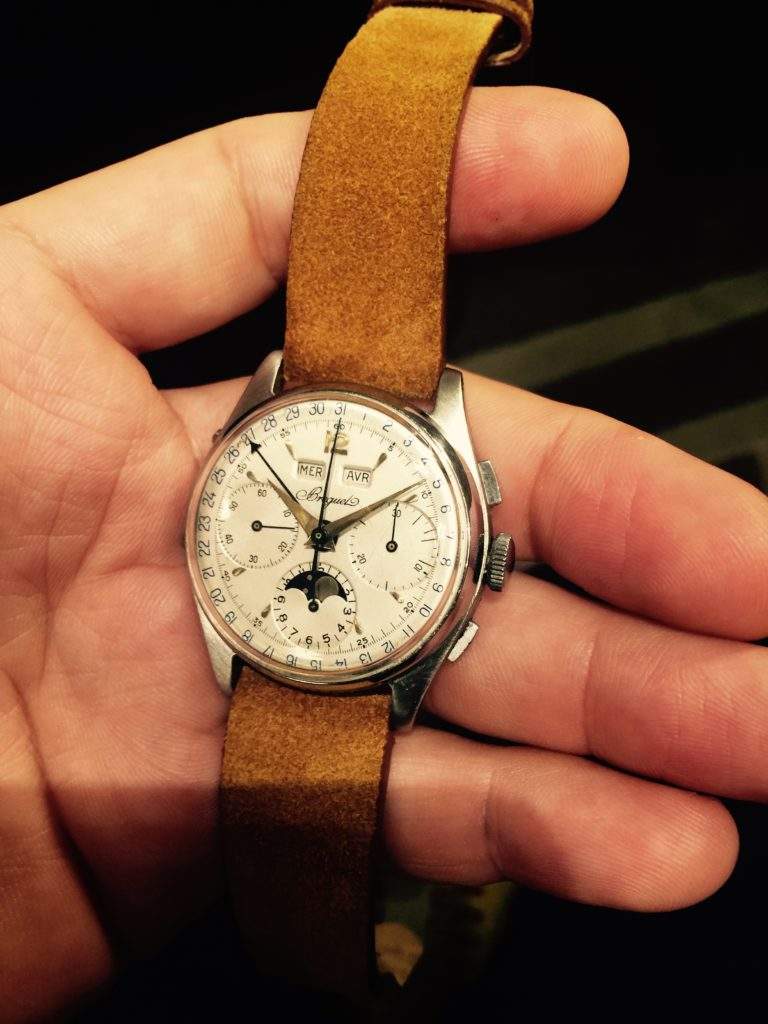
Lets move on to Rolex sports watches. Davide had some exceptional examples. We start off with the best 5510 submariner I have ever seen. The dial is glossy – spotless and just superb.
If someone finds me a better 5510 I will buy them a bottle of champagne (on the condition we drink it together – lets hope a female wins the bet).
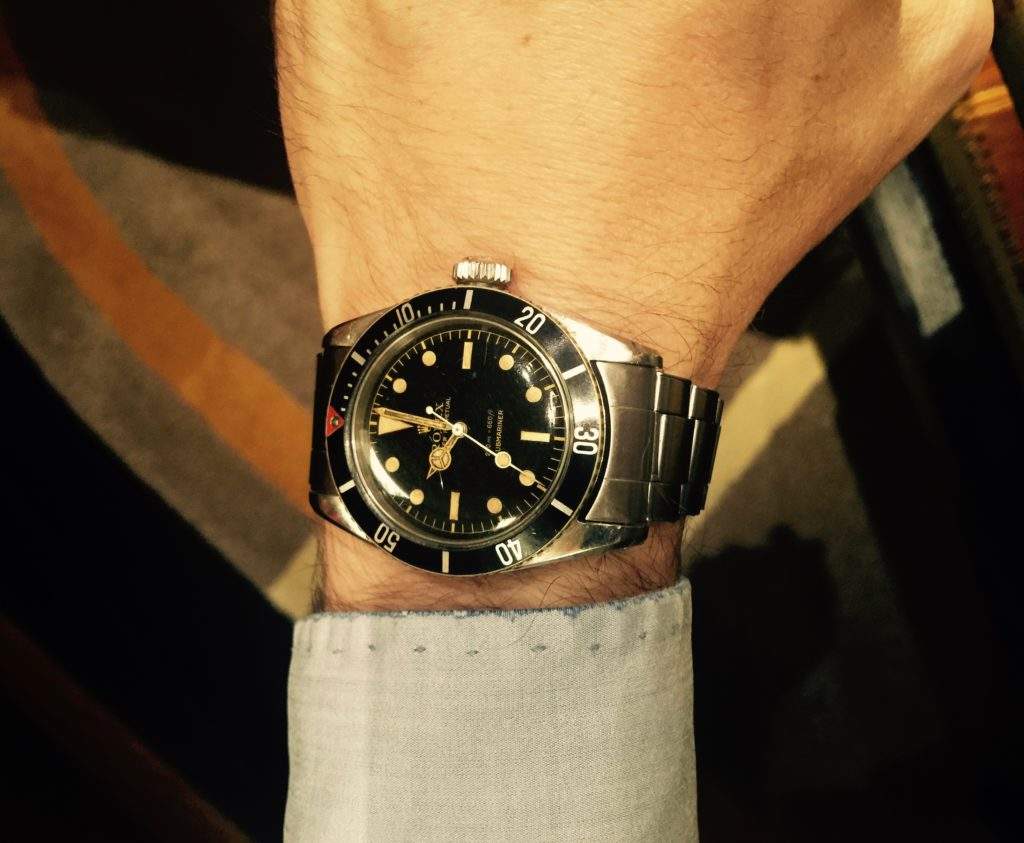
The next Rolex had a superb glossy black dial. It is a 6034 with mono bloc case.
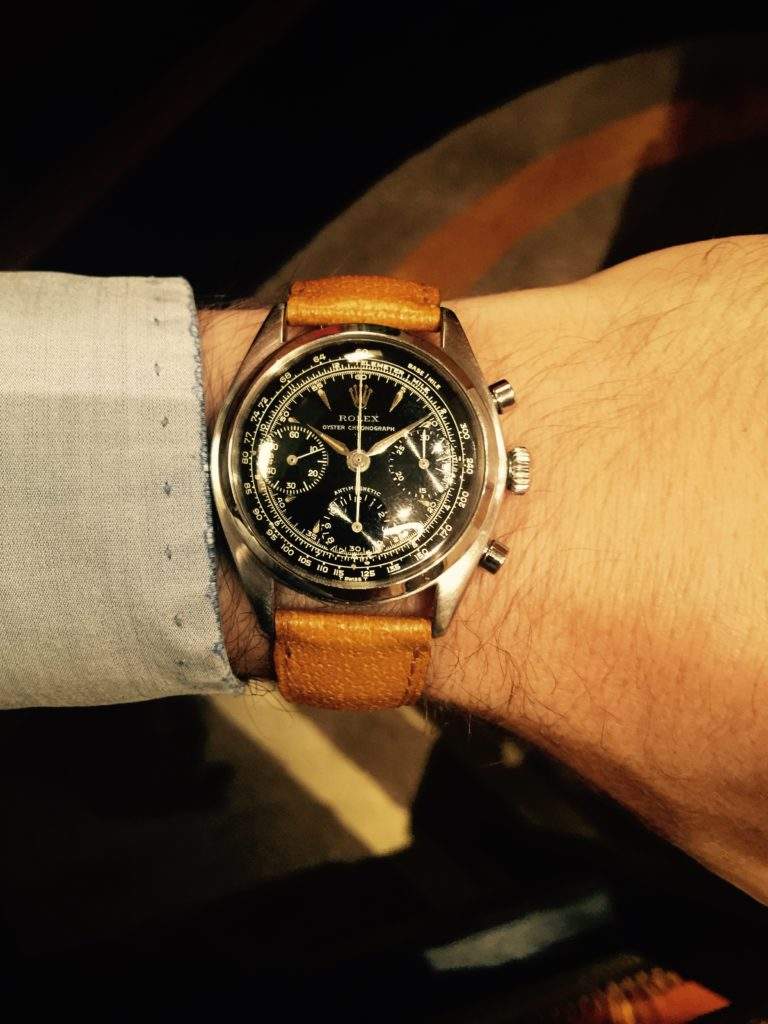
For collectors who like Rolex GMT Masters Davide had some superb examples. Both of these 6542 are very rare versions in good condition.
The first is my favourite: A superb very rare red GMT Master writing. The dial remains untouched and the radium nicely ate into the lume plots of this watch. It gives it an incredible character in my opinion. The bakelite bezel is flawless. A very strong example of a superb 6542 (hard to see in the bad lighting of the picture).
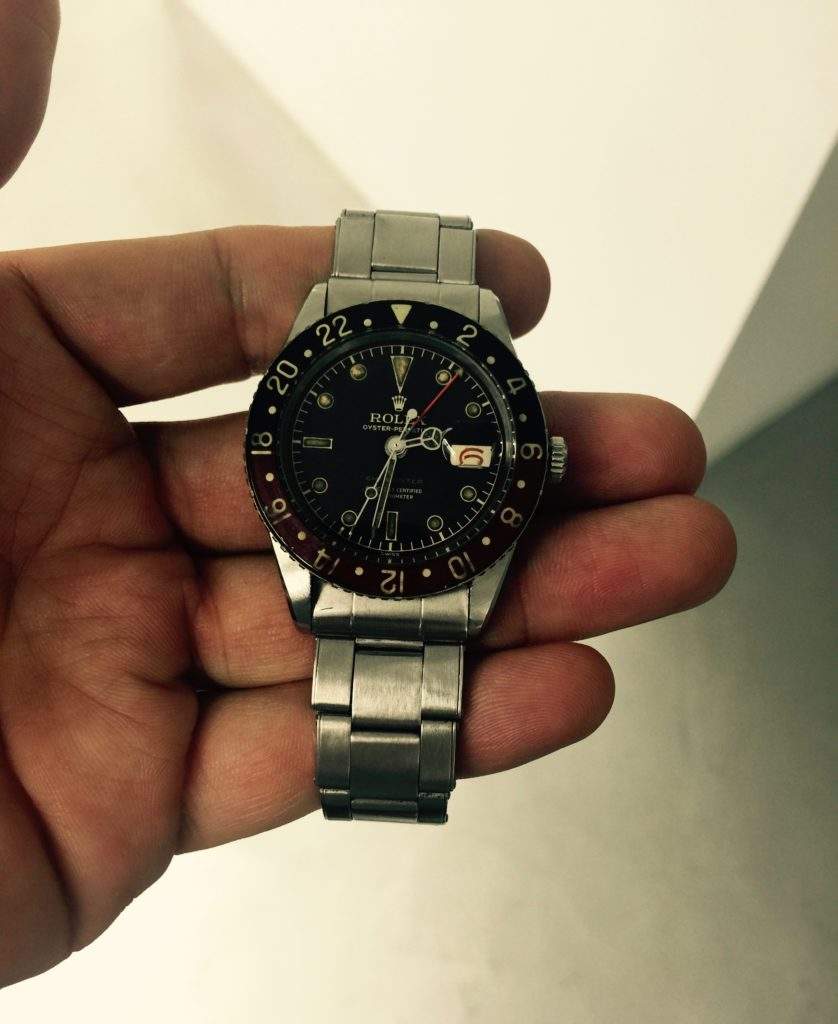
The second GMT is no less nice. A very rare Serpico signed dial. Here are both GMT’s 6542 together.
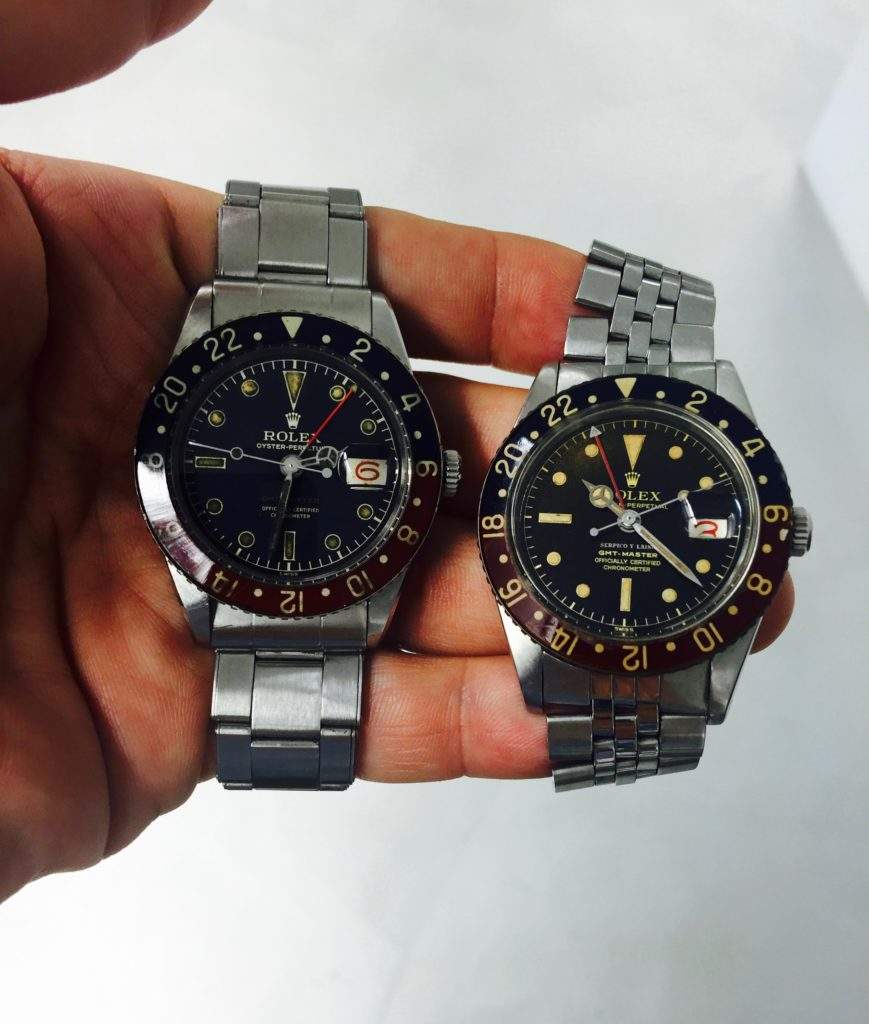
The red – depth GMT 6542 had even the correct + sign on the winding crown of the watch. It is details like this- that count in the Rolex world.

Staying with Rolex we show another fine and rare model – the Padelone 8171 in steel with two – tone dial.
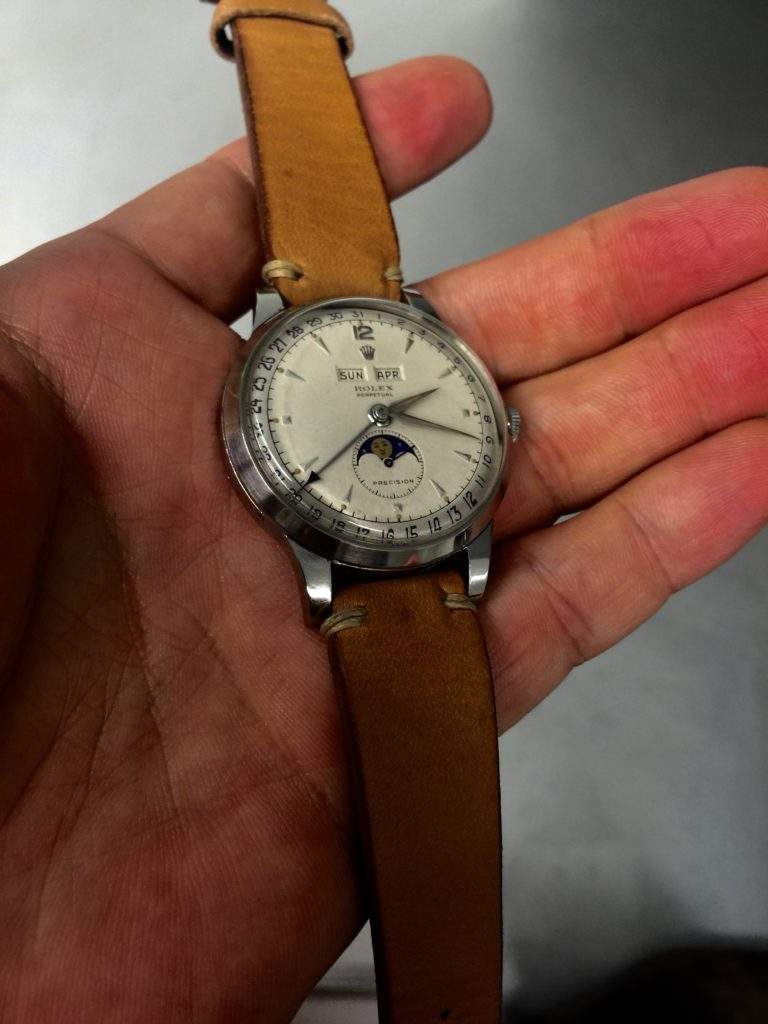
Lets end with one of the most legendary and beautiful chronographs of all time. Connoisseurs of my blog will recognise what it is without me even showing the watch – but just by reading the tag.
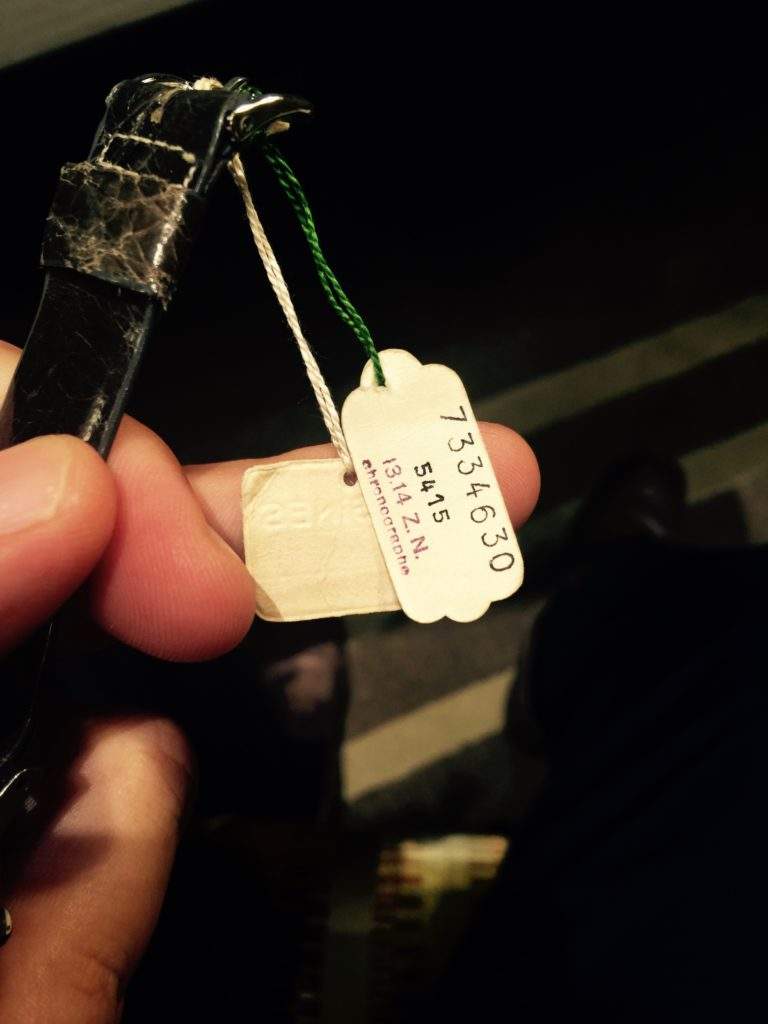
The watch is in very good condition. Radium numbers correct for a 1940s watch.

The back still has its case numbers. I am not sure what happened to both the lugs on top. They look pretty beat up – otherwise a superb watch.
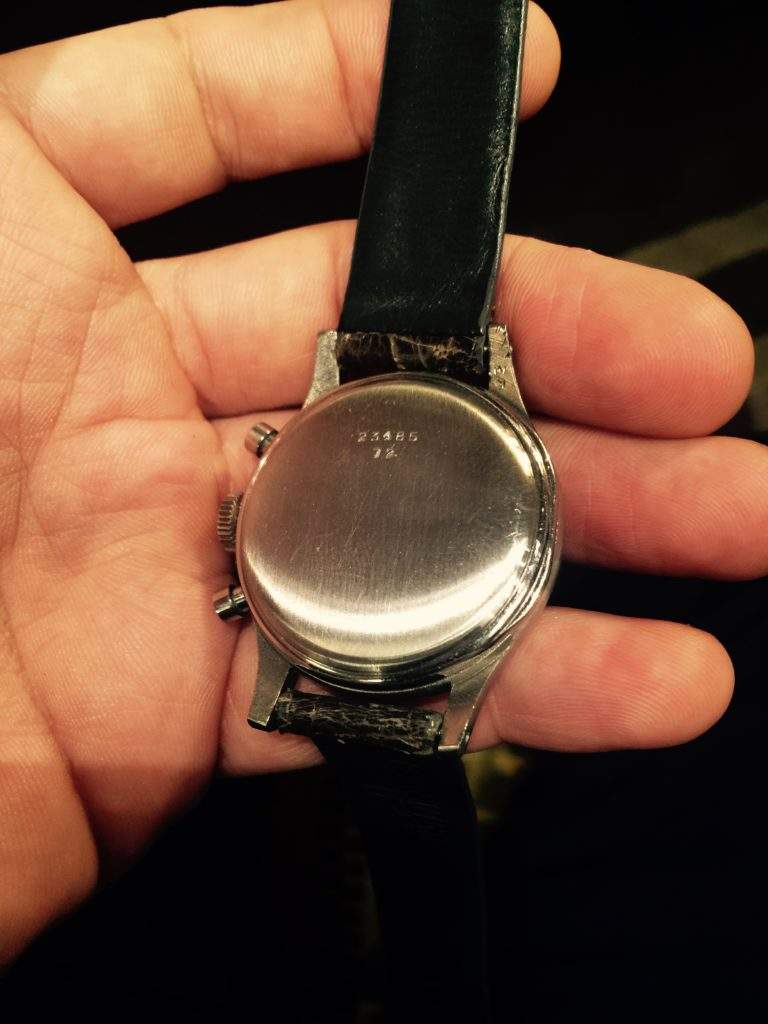
It was finally time to have lunch. Let us see what the boss was wearing.
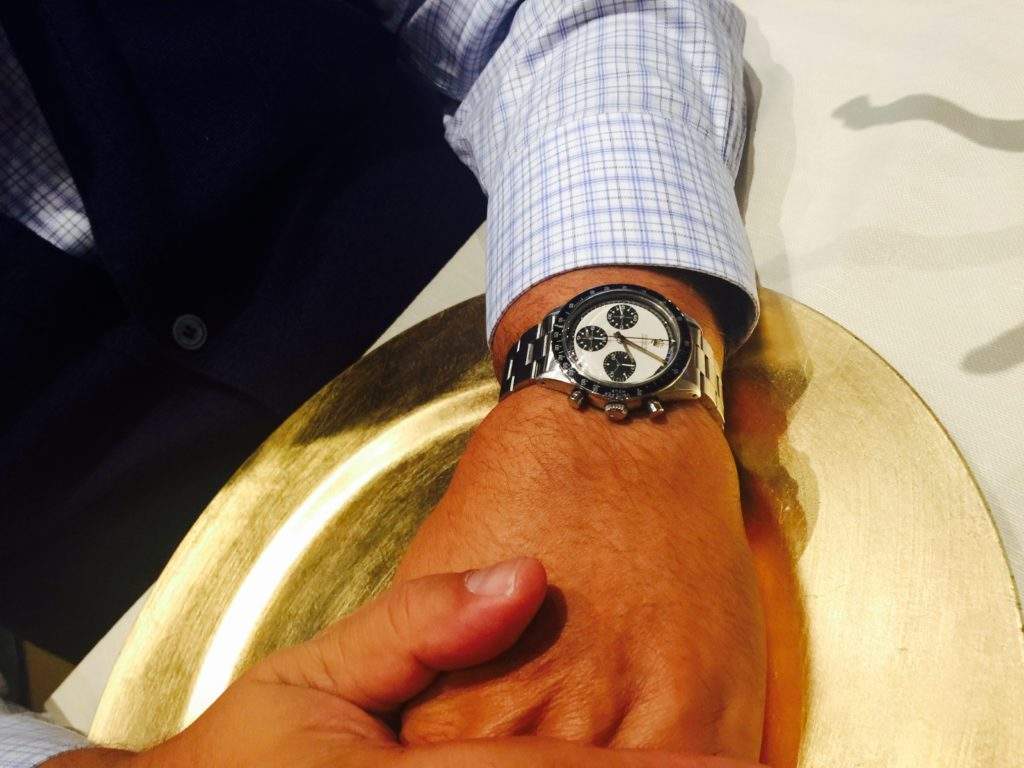
After looking at watches and having lunch Davide showed me his wonderful home. It is clear he has other interests besides watches. The red Ferrari 250 Europa provides a little clue to his other interests.
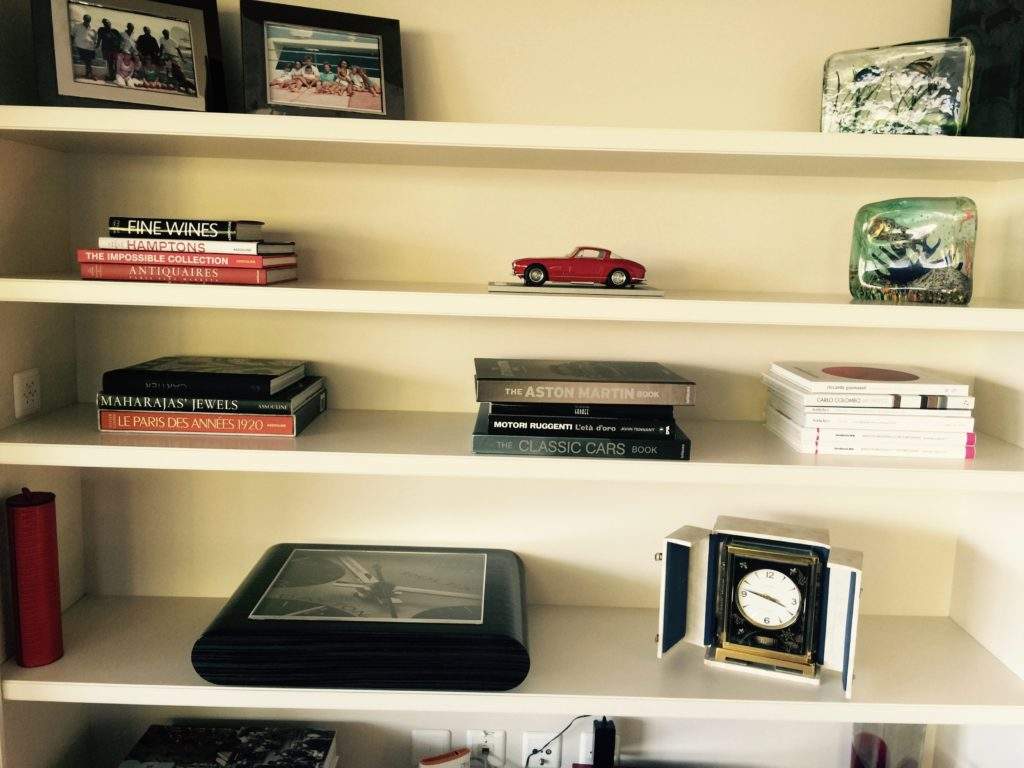
Davide proved to be a generous host. He was proud to show what he has achieved, an entirely self made man. I look forward visiting him soon again.
